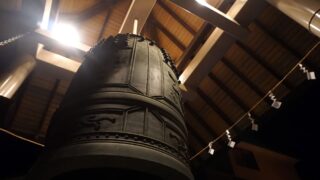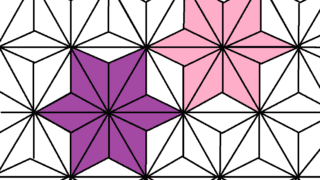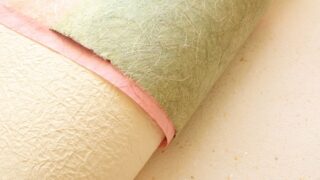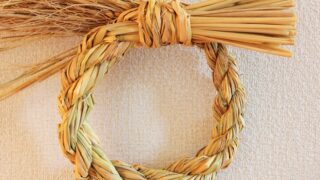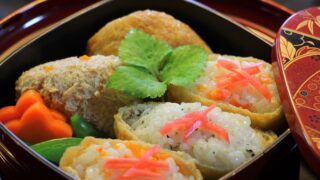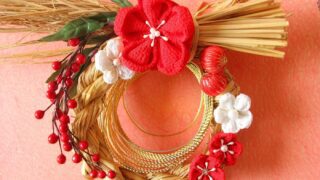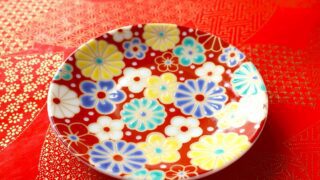Lacquerware, one of Japan’s oldest traditional crafts, is known for its exquisite sheen and durability. Beyond tableware, lacquered objects have been used as sacred tools and ornaments, becoming deeply ingrained in Japanese cultural practices. From ancient times to the present, lacquerware has been produced across various regions in Japan, each with its unique techniques and characteristics. Today, these lacquerware products are not only cherished domestically but are also admired by collectors and art enthusiasts worldwide.
In this article, we will explore the history of lacquerware and highlight some of Japan’s most famous lacquerware-producing regions.
The History of Lacquerware
The Origins of Lacquerware and Ancient Lacquered Artifacts

The history of Japanese lacquerware dates back approximately 9,000 years. The oldest known lacquered items were discovered at Jomon-period archaeological sites, indicating that people of that time already used lacquer for its preservative and waterproofing properties. The natural resin from lacquer trees hardens when dried, creating a protective, durable coating.
The Jomon people used lacquer not only to coat utensils and tools, but also to create decorative items for rituals. Lacquered objects from this period, often found in red and black hues, reveal the deep cultural roots of lacquerware in Japan.
The Development of Lacquerware from the Medieval Period to the Edo Period

The techniques of lacquerware advanced further during the Heian (794–1185) and Kamakura (1185–1333) periods. During this time, lacquerware became popular among the aristocracy and samurai class, leading to a greater emphasis on decorative elements. One of the most significant developments was the introduction of maki-e, a technique where powdered gold or silver is sprinkled over wet lacquer to create intricate designs.
During the Edo period (1603–1868), the production of lacquerware flourished throughout Japan, and regional styles began to emerge. Lacquerware was no longer exclusive to the elite, as it became a popular item for daily use. This period also saw the birth of iconic lacquerware styles like Wajima-nuri and Aizu-nuri, which continue to be renowned for their quality and craftsmanship today.
Lacquerware in Modern Times and Its Techniques

Even in modern times, lacquerware continues to be a highly respected craft, preserved by skilled artisans. However, the introduction of synthetic materials like plastic and metal has reduced the demand for traditional lacquerware. Despite this, the beauty and craftsmanship of lacquerware are still highly valued, especially in the luxury market, where its elegance and durability are prized.
Contemporary artisans blend traditional techniques with modern design to create new lacquerware products that appeal to today’s audience. Additionally, collaborations with modern art and fashion have helped elevate lacquerware’s status internationally.
Major Lacquerware-Producing Regions
Wajima-nuri (Ishikawa Prefecture)

Wajima-nuri, produced in Wajima City, Ishikawa Prefecture, is considered one of Japan’s most prestigious lacquerware. Known for its durability and intricate craftsmanship, Wajima-nuri features a special “underground coating” process, where several layers of lacquer are applied to ensure resilience. The inclusion of decorative techniques like maki-e further enhances the beauty of each piece.

For shopping,
you can use Rakuten Global Express.
Aizu-nuri (Fukushima Prefecture)

Aizu-nuri, originating from the Aizu region of Fukushima Prefecture, has been a favorite of the samurai and aristocracy since ancient times. The lacquerware is known for its refined and elegant designs, often adorned with gold or silver maki-e and raden (mother-of-pearl inlay). Aizu-nuri items, such as tea utensils and tableware, continue to be cherished for their sophistication and beauty.
Yamanaka-nuri (Ishikawa Prefecture)

Yamanaka-nuri is produced in the Yamanaka region of Kaga City, Ishikawa Prefecture, and is distinguished by the region’s exceptional woodworking techniques. Yamanaka artisans use finely turned wood, which highlights the natural beauty of the grain, and then coat it with lacquer. The resulting lacquerware is both lightweight and highly durable, making it ideal for daily use. Yamanaka-nuri is particularly known for tea utensils and trays.
Tsugaru-nuri (Aomori Prefecture)

Tsugaru-nuri, from Hirosaki City in Aomori Prefecture, stands out for its unique togidashi (polished-out) technique. Layers of lacquer in different colors are painstakingly applied and polished to reveal intricate and beautiful patterns. The process is time-consuming, but the final result is a highly decorative lacquerware that exudes luxury and artistry.
Q&A about Urushinuri
- QHow should lacquerware be maintained?
- A
Lacquerware is delicate but can last for generations with proper care. After use, wipe it with a soft cloth, and avoid exposing it to hot water or direct sunlight. Periodically applying lacquer-specific wax or oil will help maintain its sheen and durability.
- QCan lacquerware be used daily?
- A
Yes, lacquerware is known for its durability and can be used regularly. Wajima-nuri and Yamanaka-nuri, in particular, are renowned for their toughness, making them suitable for tableware. However, avoid using lacquerware in the microwave or dishwasher to preserve its quality.

But some products are so delicate!
So please refrain from using hard sponges when you wash lacquerware.
Conclusion
Lacquerware is a true testament to the skill and dedication of Japan’s artisans, reflecting centuries of tradition and innovation. From the ancient origins of lacquered artifacts to the modern reinterpretations of this craft, Japanese lacquerware continues to captivate collectors and users worldwide. Each region, from Wajima to Aizu, brings its unique touch to this art form, making it an enduring symbol of Japanese culture and craftsmanship.

